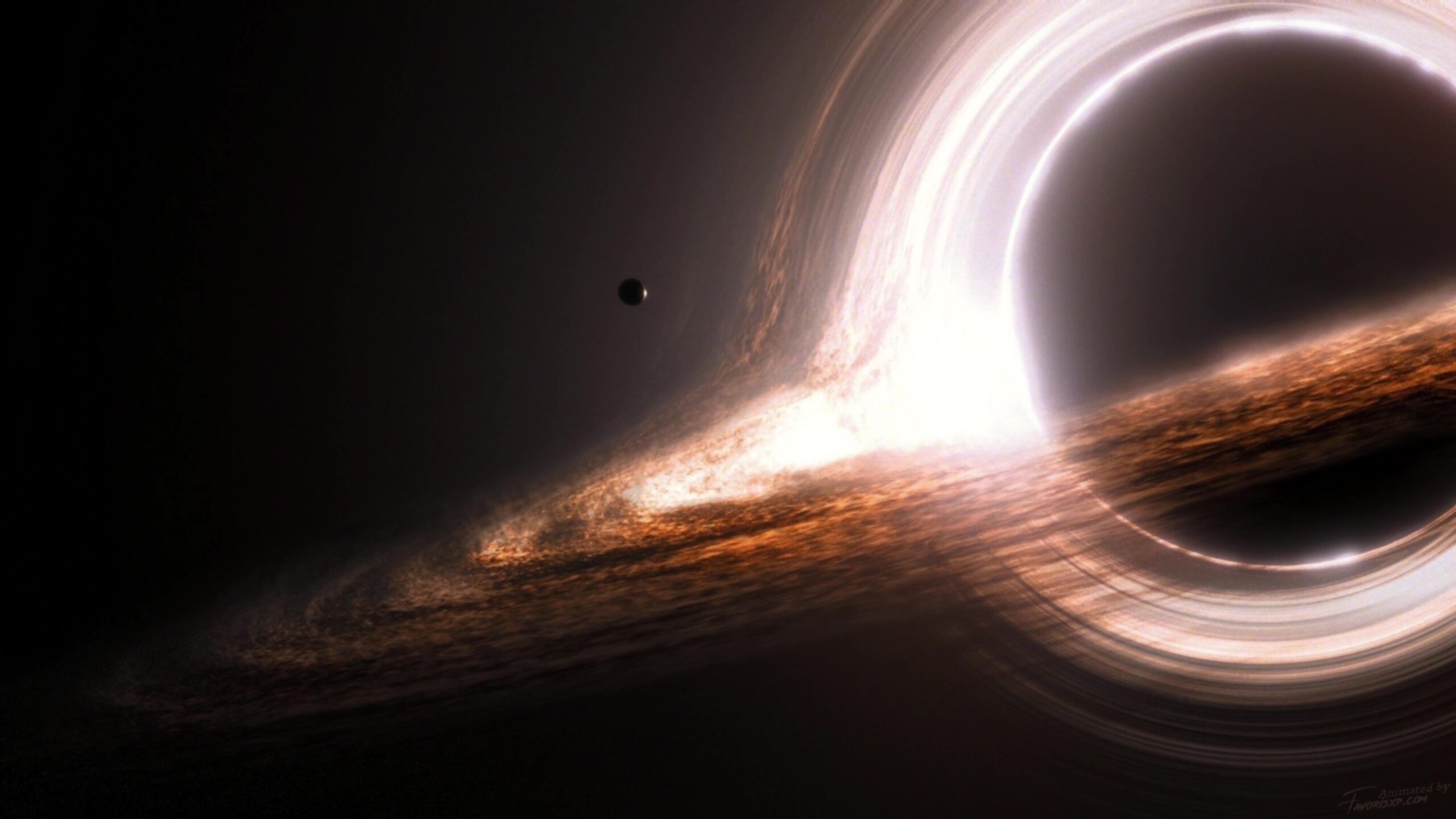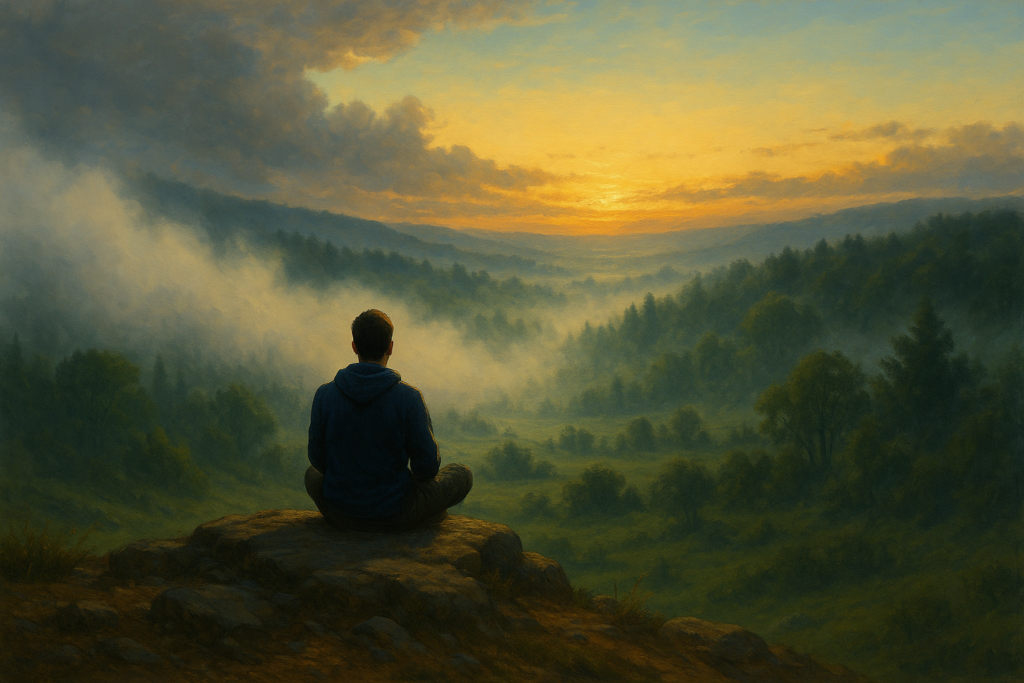The Ultimate Space Adventure
Imagine you’re floating through space, gazing at distant stars when suddenly, you’re pulled into the most mysterious and powerful object in the universe: a black hole. As you get closer, strange things start happening. Time slows down, space warps, and the pull of gravity grows stronger than anything you’ve ever felt before. You’re now on the ultimate space adventure, heading toward the event horizon—the point of no return—where even light cannot escape the black hole’s grasp.
Black holes are one of the most mind-boggling phenomena in the cosmos, with gravity so intense that they challenge everything we know about physics. What happens if you fall into one? Will you get stretched into spaghetti? Could time stop for you? Or might you even travel to another universe? In this article, we’ll explore the science behind falling into a black hole, blending real-world physics with imaginative scenarios to answer these cosmic questions. Buckle up, because this journey into the cosmic abyss is about to get wild.
Approaching the Event Horizon: The Point of No Return
As you get closer to a black hole, you’ll first encounter the event horizon—the invisible boundary that marks the point of no return. Once you cross it, not even light can escape the black hole’s pull. This is where the laws of physics as we know them begin to break down. The event horizon is like a cosmic one-way street—once you enter, there’s no going back.
As you approach the event horizon, the black hole’s gravity becomes incredibly strong. This is where things get weird. Time itself begins to slow down for you, a phenomenon known as time dilation, which was predicted by Einstein’s theory of general relativity. While time seems normal to you, an observer watching from a safe distance would see you moving slower and slower, eventually appearing to freeze in time right at the edge of the event horizon. This is because the black hole’s gravity warps the fabric of space-time.
At the same time, the light escaping from you as you approach the event horizon gets stretched, a process known as gravitational redshift. This makes the light appear redder and dimmer as it struggles to escape the intense gravitational field. To an outside observer, you would slowly fade from view, disappearing into the black hole.
The Stretching Begins: Spaghettification
Now that you’ve crossed the event horizon, you’re in the realm of no return, and things are about to get even stranger. Welcome to the world of spaghettification—a process where the black hole’s intense gravity pulls you apart, stretching your body into a long, thin shape like a strand of spaghetti.
Here’s how it works: Near the black hole, the gravitational pull isn’t uniform. The closer you get to the singularity (the black hole’s center), the stronger the gravity becomes. If you were falling feet first, for example, the gravitational force pulling on your feet would be much stronger than the force pulling on your head. This difference in gravitational force is called a tidal force, and it’s what stretches you out like spaghetti.
As you get closer to the singularity, the stretching becomes more extreme. Eventually, the difference in gravity becomes so strong that it tears atoms apart. Every particle of your body would be pulled in different directions. It’s a dramatic and somewhat gruesome fate, but it’s exactly what general relativity predicts would happen if you fell into a black hole.
While this might sound like science fiction, it’s very much rooted in real physics. Spaghettification isn’t just a wild theory—it’s a real consequence of the way gravity works in extreme conditions near black holes. The deeper you fall, the stronger these tidal forces become, eventually breaking you down into your most basic particles, lost forever in the black hole’s core.
Time Dilation and the Weirdness of Space-Time
As you continue your journey deeper into the black hole, time itself begins to warp in mind-bending ways. Time dilation, a phenomenon predicted by Einstein’s theory of general relativity, becomes more pronounced as you approach the singularity. For you, time might feel like it’s moving normally. You’re experiencing everything in real-time. However, to an outside observer, you would appear to be moving slower and slower. The closer you get to the event horizon, the more time seems to stretch, until, to an outsider, you look like you’re frozen in place, just hovering at the edge of the black hole.
This is because the black hole’s intense gravitational field warps the very fabric of space-time. The deeper you fall, the stronger this effect becomes. While you might only experience a few minutes passing near the black hole, years or even centuries could be passing for someone far away from it. This bizarre effect shows how gravity isn’t just a force—it also affects the flow of time itself.
Near the singularity, time as we know it almost ceases to exist. The closer you get to the black hole’s core, the more time becomes a meaningless concept. The fabric of space-time is stretched and curved to such an extreme that space and time essentially swap roles. This strange behavior leads scientists to believe that black holes hold the key to understanding how the universe works on a fundamental level—pushing the limits of both relativity and quantum mechanics. In this realm, the rules of physics break down, leaving us with more questions than answers about what lies beyond.
Crossing the Event Horizon: What Happens Inside the Black Hole?
Once you cross the event horizon of a black hole, you’ve officially passed the point of no return. No communication can escape from this region, and even light is trapped. As far as the outside world is concerned, you vanish. But what happens to you inside? According to general relativity, the laws of physics as we know them begin to break down. One of the most intriguing predictions is that space and time switch roles. Normally, time is something we move through, while space is something we can move around in. But inside the event horizon, time becomes something you’re forced to move toward—the singularity—while space behaves in a way that makes escape impossible.
As you fall toward the singularity, gravity becomes infinitely strong. No one knows for sure what happens here. Some scientists speculate that matter is compressed into an infinitely small point, while others believe it could lead to something even stranger, like the opening of a wormhole—a hypothetical tunnel through space-time—or even a gateway to a parallel universe. This blending of science and speculation leaves the singularity as one of the greatest mysteries of the universe.
The fact that no current scientific theory fully explains what happens inside a black hole suggests that new physics—perhaps combining quantum mechanics and general relativity—is needed to unravel the enigma.
Real-World Applications: The Science Behind Black Hole Research
While the mysteries inside black holes are still theoretical, scientists are learning more about them through cutting-edge research. Black holes aren’t just the stuff of science fiction; they serve as natural laboratories for studying the extreme laws of physics. In recent years, groundbreaking discoveries have revealed more about their nature. The first-ever image of a black hole in 2019, captured by the Event Horizon Telescope, provided visual evidence of the event horizon and confirmed Einstein’s theory of general relativity.
Another major leap came with the detection of gravitational waves—ripples in space-time caused by the collision of two black holes. This discovery, made by the LIGO experiment, opened a new way of observing the universe, allowing scientists to “hear” the cosmic interactions of black holes billions of light-years away.
Black holes also provide insights into the fabric of space-time and the potential unification of relativity and quantum mechanics. By studying black holes, scientists hope to unlock new knowledge about the universe’s origins, the behavior of gravity at its extremes, and even the fundamental nature of matter. As we observe these cosmic giants, we’re inching closer to understanding how space, time, and gravity interact in the most extreme environments known to science.
Black Holes in Popular Culture: From Sci-Fi to Reality
Black holes have long captivated the human imagination, serving as both terrifying and awe-inspiring symbols of the unknown. From classic sci-fi movies like The Black Hole to more scientifically grounded films like Interstellar, black holes have been depicted in ways that both excite and educate audiences. In Interstellar, the black hole Gargantua was modeled using real physics, with director Christopher Nolan collaborating with astrophysicist Kip Thorne to create one of the most scientifically accurate depictions of a black hole ever seen on screen.
Science fiction often takes creative liberties with black holes—portraying them as gateways to other universes, time-travel portals, or even shortcuts across the galaxy. Concepts like time dilation, where time slows down near a black hole’s event horizon, have been dramatized in ways that capture the complexity of real physics while still offering high-stakes storytelling. Even concepts like spaghettification—where objects are stretched due to intense gravity—make their way into sci-fi, adding both dramatic tension and a connection to real-world science.
These depictions not only entertain but also inspire curiosity about the real science behind black holes. They serve as a bridge between scientific discovery and public fascination, drawing attention to the incredible mysteries that black holes still hold and pushing more people to ask the big questions about the universe.
The Thrilling Journey Into the Unknown
Black holes are among the universe’s most mysterious and fascinating objects, offering a glimpse into the extreme side of physics. From the eerie event horizon to the singularity where time and space warp beyond comprehension, black holes challenge everything we think we know about the universe. As we explore what happens inside these cosmic giants, we’re not just peering into space—we’re venturing into the unknown limits of science.
Studying black holes is both thrilling and essential for understanding the fundamental nature of reality. These celestial giants help scientists test the boundaries of general relativity and offer clues toward the unification of physics. At the same time, they captivate the imagination, inspiring both scientific inquiry and science fiction.
Whether viewed through the lens of scientific research or pop culture, black holes remain a powerful symbol of the unknown—an invitation to continue exploring the universe’s greatest mysteries.



